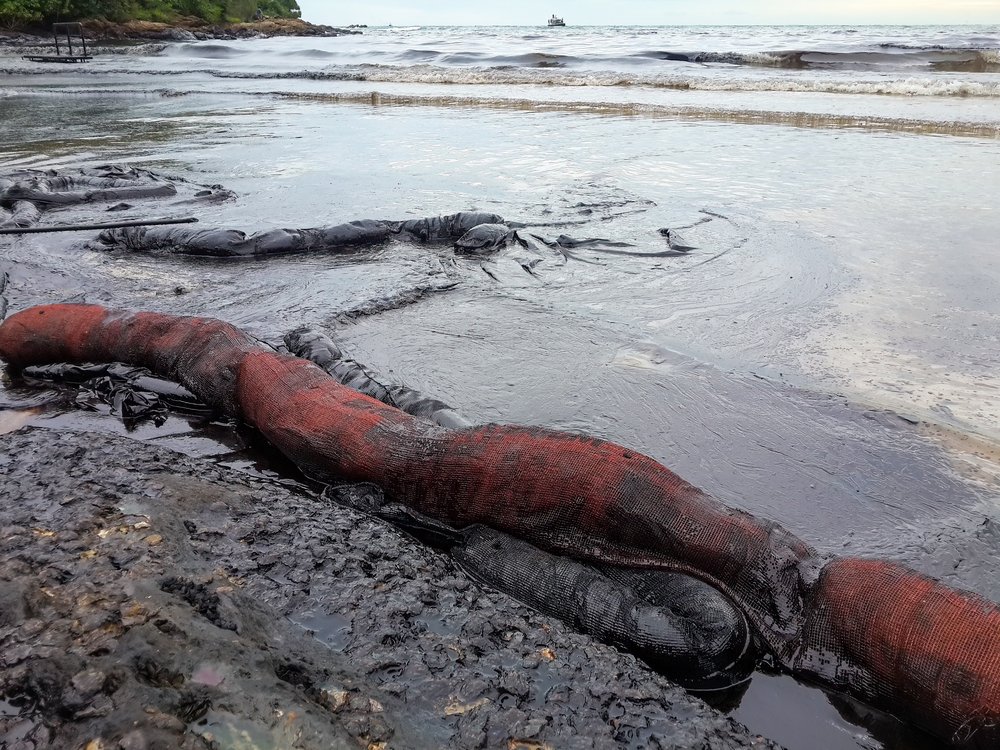Cleanup efforts are ongoing as wildlife and ecosystems suffer serious damage.
Others are reading now
New cases of oil pollution have been reported along Crimea’s coast following the sinking of two Russian tankers, Volgoneft-212 and Volgoneft-239, in the Kerch Strait on December 15.
The spills have caused major environmental harm, with oil now polluting areas such as Cape Megan and the Oputsky Reserve, according to Crimea. Realities and statements from the Russian Minister of Ecology of Crimea, Olga Shevtsova.
This was reported by Babel.
Pollution Spreads to More Areas
Cleanup teams have been working to remove oil from the coastline, and efforts will continue on January 7, officials said.
Also read
However, new reports from local channels describe severe pollution in Sevastopol, particularly at the beaches of Orlivka and Zoryany Bereg.
A large number of birds have been affected, with oil coating their feathers and disrupting their natural behavior.
The accident on December 15 released over 4,000 tons of fuel oil into the Black Sea, one of the region’s largest spills in recent years.
In Sevastopol alone, more than 90 tons of oil-contaminated soil have been removed, but the cleanup process is far from complete.
The oil poses a significant threat to local wildlife and marine ecosystems.
Birds, fish, and other animals are struggling to survive as toxic substances spread along the coast. Environmental experts warn that the spill’s effects could last for years, harming local fisheries and biodiversity.
Aging Tankers Blamed
The tankers involved in the disaster were decades old, with Volgoneft-212 built in 1969 and Volgoneft-239 in 1973.
Experts have pointed out that these ships were past their intended service life and lacked modern safety upgrades. The aging infrastructure has raised questions about why such vessels were still in use, especially during stormy weather conditions in the Black Sea.


